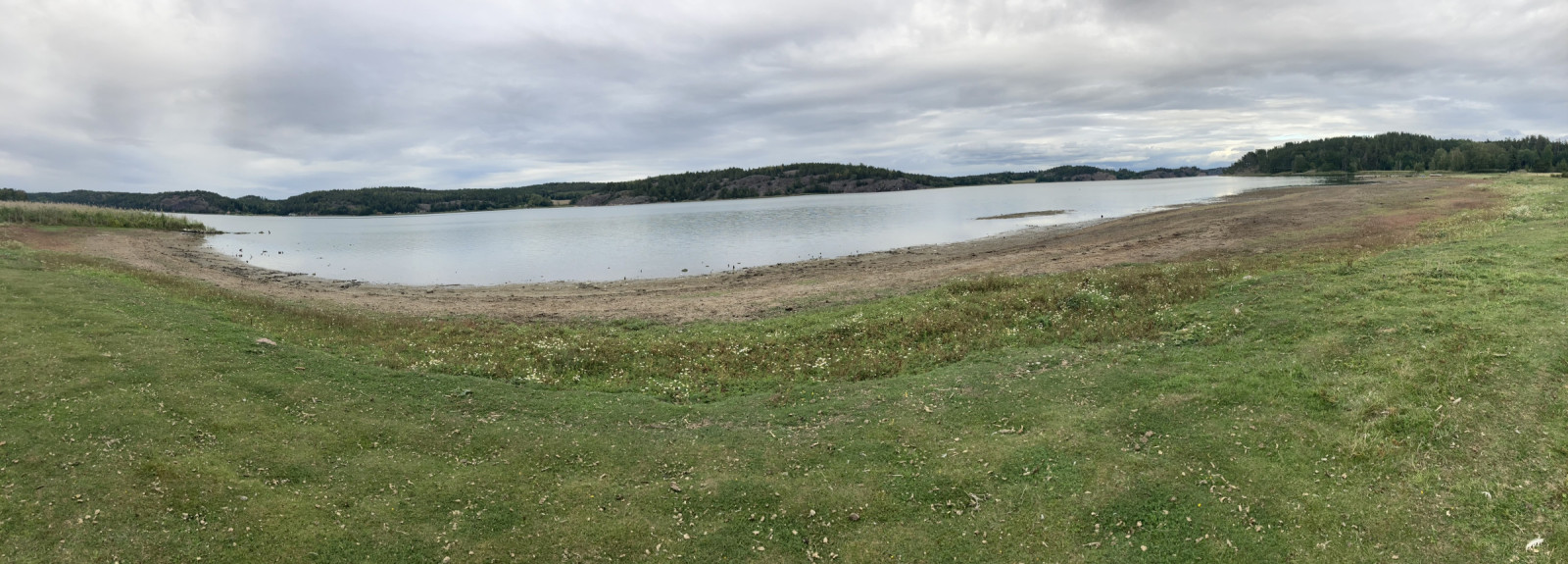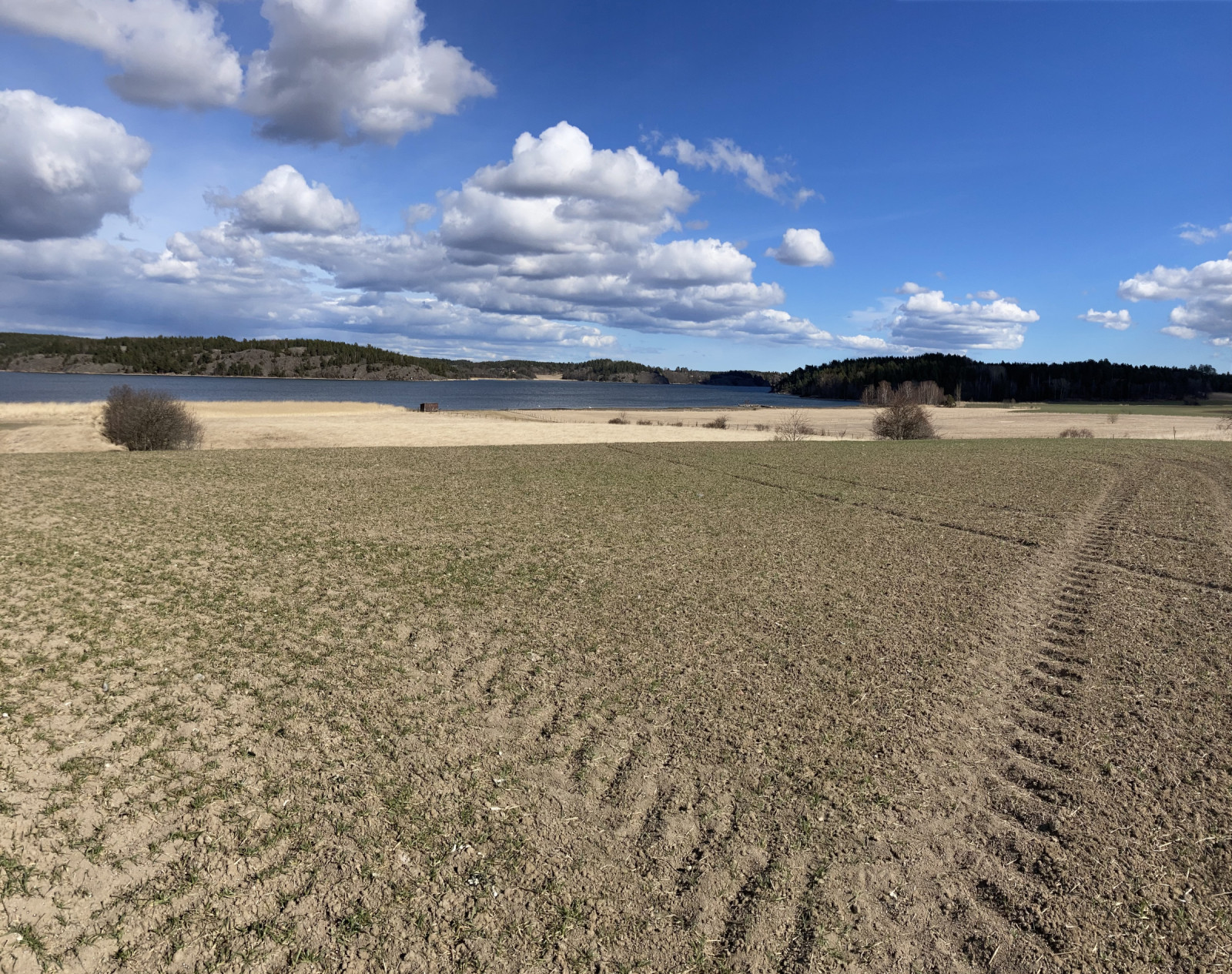Description
The birds start to arrive at Killingholmen in February when the ice starts to loose its grip on the coastal waters. Then ducks start to rest in the shallow parts of the bay; Skúfönd (at most 100) and around 1000 Gulönd can be found. Also the rarer winter ducks like Urtönd, Skutulönd, Hvítönd, Duggönd and Toppönd. A few hundred geese and around 100 Álft feed on the areas fields and coastal meadows around march. In March the other early spring birds also arrive; Sönglævirki, Hringdúfa, Stari and Vepja. In spring you can find Kampameisa in the reed beds.
Year round Sparrhaukur, Haförn and Músvákur are the common predatory birds. But Gullörn, Bláheiðir and Svölugleða pass by the area. Most common passerine birds arrive in March/April. Slätbaken is a stopping point for passerine birds, which makes it common to find uncommonly early Trjálævirki and Mistilþröstur.
From late February and in March the owls in the area can be heard calling. Náttugla Sparrugla and Úfur are sometimes heard. In March more geese start to arrive and not only the common Kanadagæs and Grágæs. Also Blesgæs (at most 67) and Helsingi (at most 100). Akurgæs, Akurgæs (serrirostris) and Heiðagæs are sometimes found. Also Dvergsvanur has been observed.
On the coastal meadows large amounts of passerine bird start to rest in the end of March and in April. Þúfutittlingur, Maríuerla, Hörfinka are the most common. Among these Strandtittlingur is regularly seen. In the large grassy areas Brandugla can be found. On the coastal meadows Lindastelkur, Trjástelkur, Stelkur, Rauðhöfðaönd, Gargönd, Skeiðönd, Flóastelkur, Heiðlóa, Hrossagaukur and Toppgoði. Most common dabbling ducks are found but only Urtönd is numerous (at most 70). At the Torpa damm Taumönd and Grafönd have been seen, along with smaller amounts of other ducks.
In april large amounts of thrushes move past the fields and coastal meadows. Hundreds of Söngþröstur, Skógarþröstur, Gráþröstur and Mistilþröstur are seen. In the end of May and April most birds disappear, except for the breeders.
In May the latest passerine birds, and night active birds arrive. On the fields Gráheiðir, Förufálki and Engirella are found. Sílamáfur sometimes rest on the coastal meadows in May. Rósafinka often sings here. On the meadows Helsingi, Grágæs, Kanadagæs, Gargönd, Stelkur, Vepja, Toppgoði, Skúfönd, Hvinönd and Bleshæna breed. In the area Stubbspæta, Þyrnisvarri, Urtönd and Álft breed. At Storåns river mouth you can observe Bláþyrill.
During autumn Hov strandängar becomes better for birding. From July the area is a good site for wading birds such as Vepja, Fjöruspói, Sandlóa, Vatnalóa, Lindastelkur, Hrossagaukur, Heiðlóa, Lyngstelkur, Stelkur, Rúkragi, Flóastelkur and Trjástelkur. These are all common, while Veimiltíta, Lóuþræll, Spói, Bakkatíta and Spóatíta are more rare.
Other wetland birds are often found. Among the rarer birds Bláþyrill, Ránþerna, Blábrystingur and Mjallhegri can be noted. Large amounts of gulls, geese and terns can be found, especially Grágæs which some years have been found as numerous as 3000.
Large amounts of passerine birds are found in the meadow areas. The most numerous passerine birds are Þistilfinka (250 at most), Landsvala (500 at most), Vallskvetta, Steindepill, Stari (600 at most). Later in autumn Dverggoði, Dvergsnípa, Lyngfinka, Flórgoði, Hvítönd and Duggönd are sometimes found.
Details
Access
Inre Slätbaken is located east of the town of Söderköping. Parking can be found around Hov and several other places. Click on a P in the map for directions to a parking spot.





